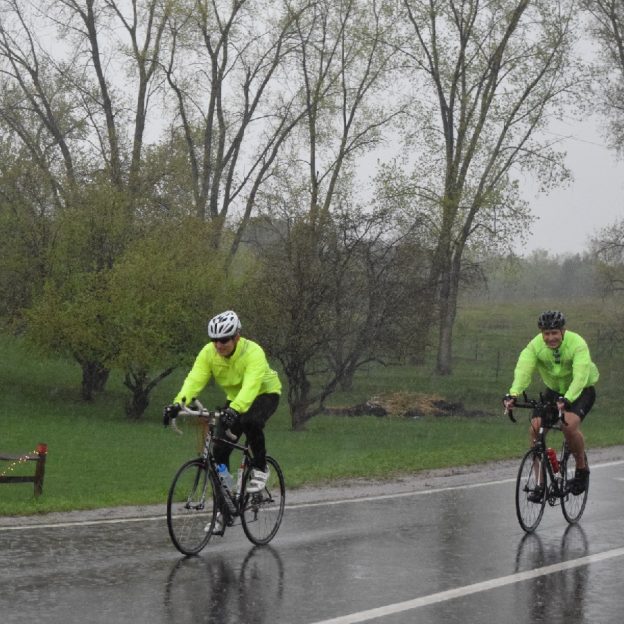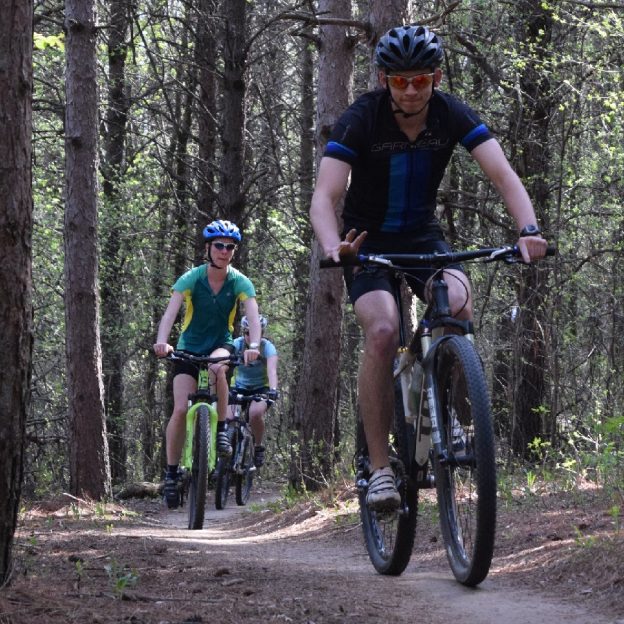Tag: hybrid
-

Bike Pic June 21, bike maintenance tips after the rain
With wet pavement this Friday, here are some tips to keep your bike rolling smooth
-

Quick and easy post bike maintenance tips after riding in the rain
Sadly, it is sometimes unavoidable to ride in the rain. In my experience, the rain actually waits for me to get as far from home as possible before starting. So, when you do get caught in the rain, how do you protect your bike from the damages of water? Read on for a few helpful…



